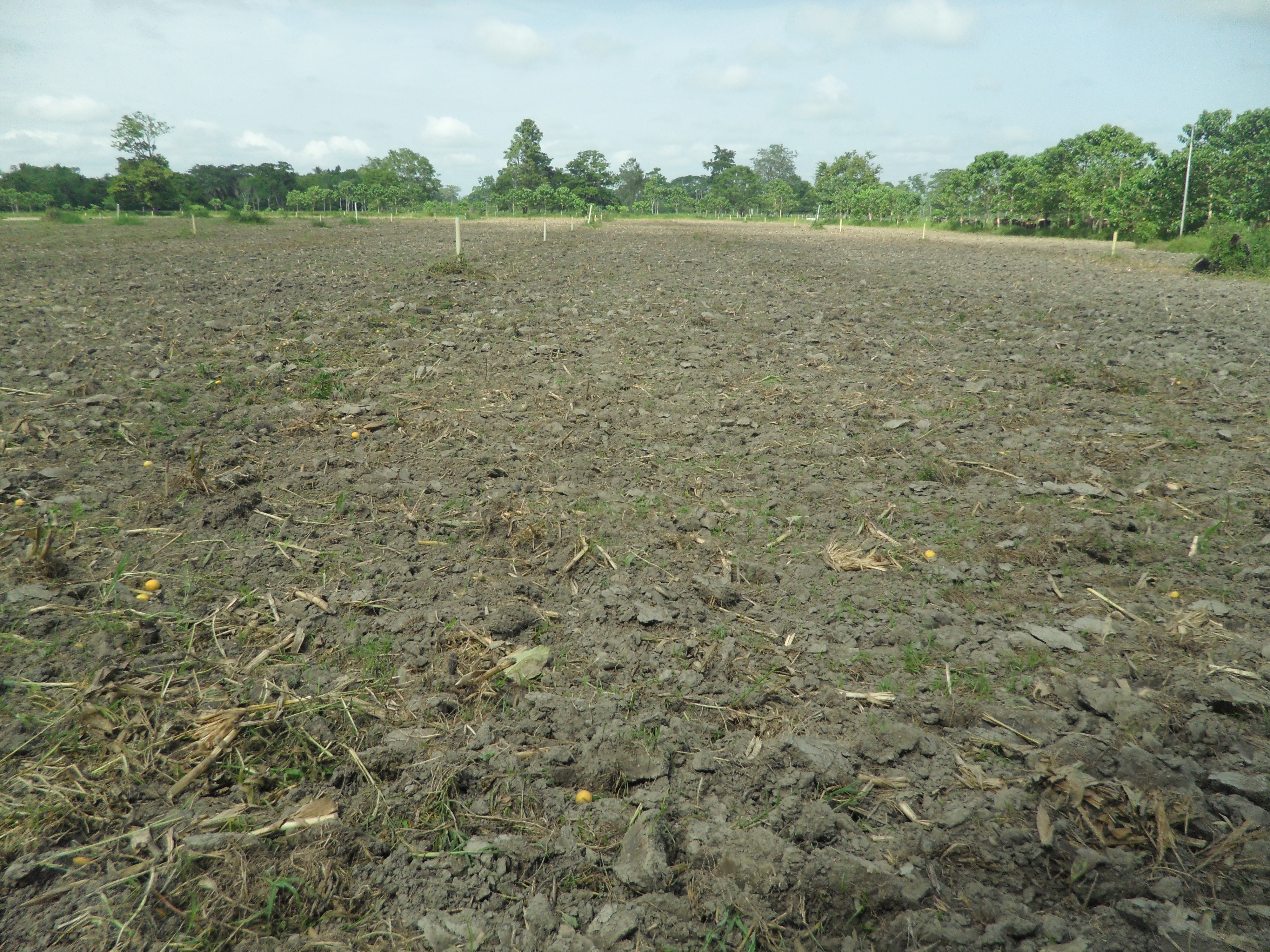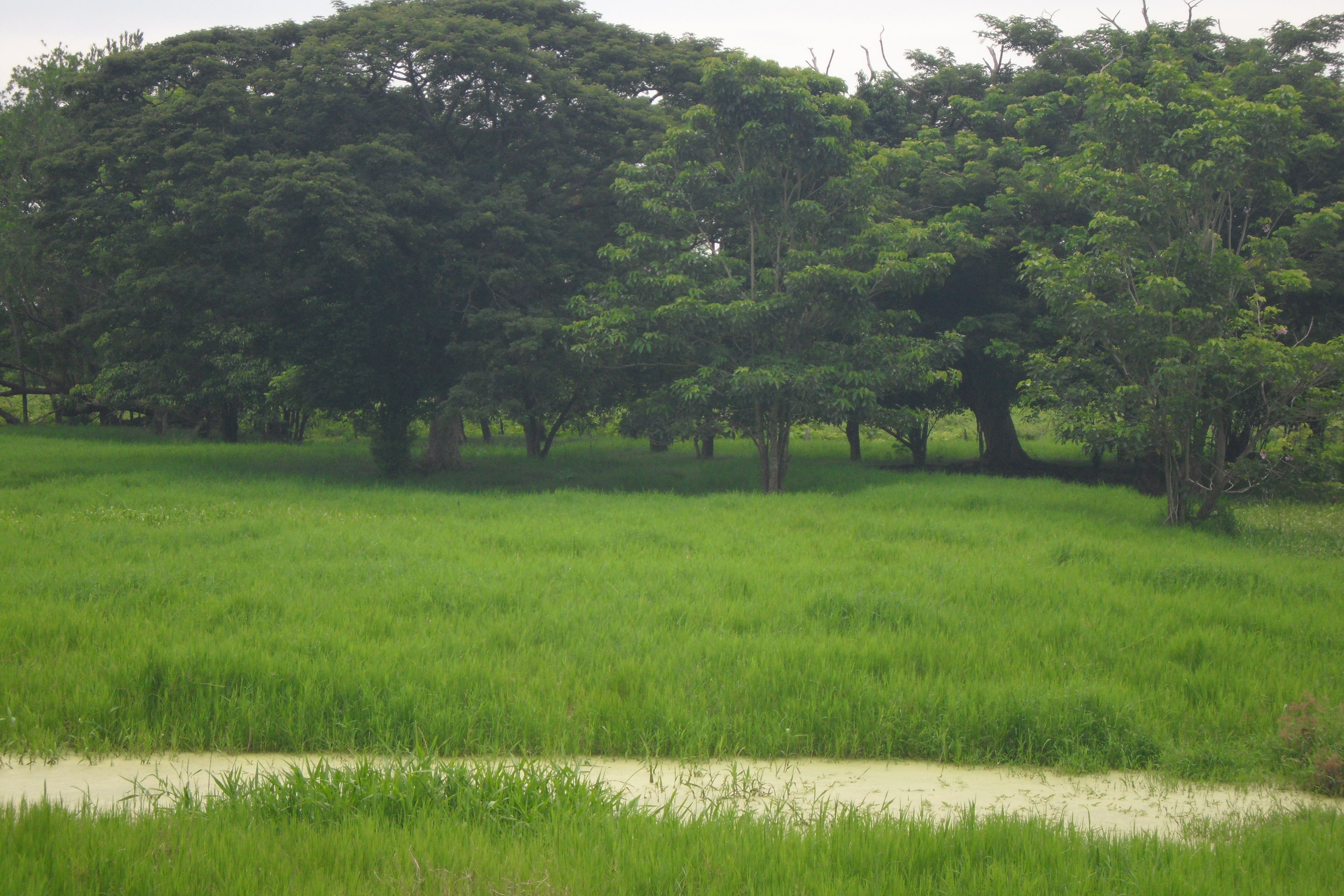Bio-regeneration of agricultural soilSoil is a fundamental resource for food production, water regulation and carbon sequestration, however, intensive agricultural practices and the excessive use of agrochemicals have degraded many agricultural soils, reducing their fertility, structure and biodiversity, this has negative consequences for food production, the environment and human health.s

Soil bio-regeneration is a fascinating process that harnesses the power of nature to rehabilitate damaged ecosystems, in essence, it is like a natural treatment for the earth, where microorganisms such as bacteria and fungi work diligently to restore soil health. Imagine that the soil is like a complex garden, full of microscopic life that keeps it fertile and balanced, when pollutants enter the soil, such as synthetic pesticides invade this garden, disturb this balance and make the soil sick.
Microorganisms, which are like soil workers, have the ability to decompose the organic matter present in it, it is as if they had a special appetite for these elements and used them as food, releasing nutrients necessary for plants. Let's think about a soil where plants grow strong and healthy, harvests are abundant and the land is full of life, this is not a dream, it is the reality that you can achieve with when agricultural soils are regenerated.
The bio regeneration of soils is a sustainable and environmentally friendly solution., since, it focuses on natural processes, minimizing the negative impact on the ecosystem, it can also be profitable, often, it is more economical than other conventional production techniques. We would be talking about an ecological management of agricultural soils with a holistic approach that seeks to optimize the health and fertility of the soil through sustainable practices that respect the environment and promote biodiversity.

Unlike conventional agriculture, which often depends on chemical inputs and intensive practices that degrade the soil, soil bio-regeneration is based on natural principles to create a resilient and productive agricultural system in the long term and offers a sustainable alternative that allows to restore soil health, increase crop productivity, reduce dependence on external inputs and mitigate climate change. There are numerous practices to achieve the bio-regeneration of soils that can be adapted to different agricultural contexts and types of crops, among the most common practices we can mention the following:
Direct sowing: this technique consists of sowing crops directly on the residues of the previous harvest, without tilling the soil, this preserves the structure of the soil, reduces erosion and increases organic matter.
Cover crops: Cover crops are plants that are planted for the purpose of protecting the soil, improving its fertility and controlling weeds. They can be legumes, grasses or a mixture of both.
Composting: Composting is a process of decomposition of organic matter that produces a fertilizer rich in nutrients and organic matter. Compost can be applied to the soil to improve its fertility and structure.
Lombri composting: It is a process similar to composting, but uses earthworms to accelerate the decomposition of organic matter, the earthworm compost is a high quality fertilizer that improves the fertility of the soil and its structure.
Conservation tillage: Conservation tillage includes minimum tillage or zero tillage practices that reduce erosion and preserve soil structure.
Agroforestry: Agroforestry combines trees and shrubs with agricultural crops and/or livestock.Trees can provide shade, wind protection, nitrogen fixation and other benefits for crops and soil.
Dear readers, the bio-regeneration of agricultural soils is a fundamental strategy to achieve a sustainable and resilient agriculture, by adopting practices that respect natural processes and promote soil health, farmers can increase the productivity of their crops, reduce costs, protect the environment and contribute to a safer and healthier future for all.
- Duran, F. (2009). Soil studies, management and conservation of agricultural soil. Latin Group. Colombia.
Sources
- Photography and images: All photographs are the property of the author @amestyj.
- Agrotecnia banner: made by the author @amestyj with own images
- Hive Banner: Designed by the author @amestyj with image owned by hive.







